The federal Ethics in Patient Referrals Act — more commonly referred to as the Stark Law — prohibits physicians and other healthcare professionals from referring Medicare and Medicaid patients to facilities in which they or their immediate family members have ownership or invested interest.
The law was created to address concerns of “self-referral” policies where physicians would recommend certain referrals more than medically necessary, resulting in an unwarranted drain of taxpayer funding.
EXCEPTIONS TO THE STARK LAW
Several exceptions to the general prohibition are included under the Stark Law, including:
- Referral for in-office ancillary services, including laboratory testing and radiological tests in which they are performed within the same location as the provider;
- Referral to another physician of the same practice as the referring provider;
- Referral of a patient to a family member for Designated Health Services (DHS) in rural areas as designated by The Centers for Medicare & Medicaid Services (CMS);
- Referral to pre-paid organizational health services, such as health maintenance organizations (HMOs);
- Referral to academic medical centers;
- Referral for preventative services, including screening exams/tests and vaccines; and
- Equity in publicly-traded security as issued by a corporation.
Of these, the ancillary services exemption has been of particular importance to oncology practices as it provided a means for medically integrated practices to mail life-saving oncolytics to patients.
A Brief History of the Stark Law
The legislation was introduced in Congress in 1988 by Rep. Pete Stark (D-CA). Stark I, as the original bill came to be known, was eventually included in the Omnibus Budget Reconciliation Act of 1989 (OBRA 1989). The original law barred self-referrals for clinical laboratory services under the Medicare program beginning January 1, 1992.
In 1993, Stark II was introduced under OBRA 1993. Stark II updated the DHS list, expanding restrictions to 11 different health services under both Medicare and Medicaid, including imaging, medical devices, prosthetics and outpatient prescription drugs.
Approval and rule finalization of Stark II took place over three phases, in 2001, 2004 and 2007.
As with various laws and regulations over the years, CMS has published Frequently Asked Questions (FAQ) documents to address provisions of Stark Law that needed clarification. One such FAQ was published in September 2021. It stated that outpatient prescription drugs mailed to patients would not meet the “location requirement” included under the ancillary services exemption.
In a nutshell, it requires providers to distribute prescription drugs to Medicare/Medicaid patients solely through their facility or one of their group’s facilities. Mailing of prescription drugs to such patients is not permitted, a ruling, CMS maintained, that had remained unchanged from Stark II Phase 1 in 2001.
This ruling, however, was overruled by the 1/31/2020 COVID-19 Public Health Emergency Act (PHE), in essence providing a waiver to the Stark II Phase 1 mailing prohibition during the pandemic.
After the PHE ended on May 11, 2023, CMS published a Post-Public Health Emergency FAQ on May 19. In its final section, the FAQ addressed the mailing of Part D outpatient prescription medications to Medicare beneficiaries. It stipulated that since the PHE waiver was now terminated, physician practices would no longer be able to rely on the ancillary service exception to fill Part D prescriptions being mailed to the beneficiary’s home, as was previously noted in the September 2021 FAQ.
The FAQ further stated that Medicare beneficiaries could get medications through the Part D plan’s network of mail-order and other network pharmacies.
IMPLICATION OF THE LATEST FAQS
The two FAQs have a significant impact on all Medicare patients, particularly the 9.5 million Medicare patients with cancer, most of whom are age 66 or older.
Patients who once relied on mailings because they were unable to pick up in-office prescriptions due to health conditions and/or distance must now depend on caretakers or switch to pharmacy services that are not directly affiliated with their physicians.
Medicare providers also are affected. Violations of the Stark Law require the lowest possible standard of proof and can be enforced by the U.S. Department of Justice, the U.S. Department of Health & Human Services and CMS. Enforcement is further enhanced through the Affordable Care Act and amendments to the False Claims Act.
Penalties can include civil fines, claims denial and take-backs, as well as exclusion from provider status in federal healthcare programs.
HOW PRACTICES ARE ADJUSTING TO STARK
At a recent NCODA Town Hall meeting, three pharmacy executives discussed how their medically integrated pharmacy (MIP) practices were adjusting to the recent Stark Law FAQs:
- Neal Dave, PharmD, Executive Director of Pharmacy and Admix Services | Texas Oncology (280 practice sites, 45 MIPs);
- Kyle Kitchen, PharmD, MBA, Senior Director of Pharmacy and Clinical Services | Utah Cancer Specialists (14 practice sites, one MIP): and
- Eric Soong, PharmD, Director of Pharmacy, | South Carolina Oncology Associates (one practice site, one MIP).
How have your new patients have been affected by the Stark Law update?
Dave: Only about 5% of our Medicare prescriptions are shipped. But it has changed our operations, how we educate patients, what we talk to them about and how they pick up their prescriptions. We have 45 pharmacies across Texas … so most of our patients are able to come in and pick up their medications.
Kitchen: We estimate our mail prescriptions at about 50 per month. Of those, roughly half are Medicare patients. Our process now is to work one-on-one with each patient and try to find the most suitable way of picking up their medication within one of our sites. It’s not foolproof. There’s a lot of challenges for patients who live further out. We’re still working through some of that.
Soong: We service a lot of rural areas in South Carolina and so the ability to ship was a great benefit to those patients. The biggest sticking point for us — probably for all of us in practice — is when they ask, “Can you ship it?” We have to tell them “No,” and then tell them why we can’t. It’s hard to explain to a patient.
That brings up a good point. How do you educate patients about such complex federal regulations?
Dave: We put together a letter trying to explain Stark as best we could and mailed it out preemptively before we started transitioning patients away from shipping. We also added a QR code at the bottom where patients could contact their Congressperson to log a complaint or at least voice their opinion.
Kitchen: We created a spreadsheet of the overall impact to our operations, including how many Medicare patients were receiving prescriptions via the mail. We distilled that down to about 30 patients. As each patient was due for a refill, we contact them and talk about the change on an individual basis. We inform them that we need them to try to pick up their prescription within the clinic. Some are able to comply, so that was easy. Others are more challenging, often because of the proximity to one of our clinics. We’re continuing to try and address their needs while complying with the Stark rules. We’re also looking into the value-based exception to determine if there is a legitimate way to address this issue.
Soong: We also created a spreadsheet. We had a small percentage as well. Most of our patients come to the clinic to pick up their prescriptions. We ship to only about 10% of our Medicare patients. We called them one by one to explain the situation and ask if they were willing to come and pick up their prescriptions from our clinic. Overall, only about 18% opted for shipping from a mail-order pharmacy.
Is there any anticipation of higher waste if the patient doesn’t show up to pick up their prescription, or if there’s a delay?
Dave: I absolutely have a concern about waste. But the drug is still in our possession. If there is a dose change, we can return and redispense. If it’s not picked up in seven days, it returns to stock. We can reach out to the patient to ensure they’re coming.
Kitchen: Since we have one central pharmacy, it hasn’t really created additional work to have the Medicare patients pick up, but if it’s a new process for your practice, it can sometimes be a logistical headache. There are a number of issues that can come up when you’re filling a prescription a few days before an appointment where their dose could potentially change.
How do you handle patients that choose to have their prescriptions mailed through a network or mail-order pharmacy?
Soong: It can be complicated depending on the insurance. Sometimes the plans have a specific mail-order pharmacy they want patients to use so our team has to figure out where the prescription needs to go. It can impact a lot of other things, like copays. We try to avoid certain pharmacies that we’ve had negative experiences with if possible. Sometimes it’s not.
Does using a mail-order pharmacy change how your pharmacy manages the patient?
Soong: It’s really on the mail-order pharmacy to follow-up with the patient, but we don’t disown the patient. If there are any problems or issues, they come to us, and we try to fix them. But it’s very difficult to manage it once it goes outside the walls of the clinic. So, we’ve developed relationships with contacts at different specialty providers. You have to in order to navigate and reach out if there are any issues.
Kitchen: As Eric was saying, most of the work when a prescription is transitioned to a specialty pharmacy falls back onto the physician and the supporting nurses at the clinic. It’s a huge challenge. But we need to be thoughtful about the impact we’re having on the care of these patients.
We see script abandonment rates of 25% or higher in the specialty arena for various reasons. Time to fill takes too long. The patient can’t reach the pharmacy. The pharmacy can’t reach the patient. And the high copays. How do you deal with these types of issues?
Dave: We use an ePRO (Electronic Patient Reported Outcomes) system and enroll all of our patients into it so that they have some connection with the clinic, even if they’re getting their prescriptions outside. But it’s very difficult. You can’t control the external pharmacy to fill the drug on time. The high copays are another challenge. It’s hard to combat abandonment (outside of the MIP).
Have any of you had feedback from Medicare patients that have had to switch to a mail-order pharmacy because of the new Stark Law FAQ?
Soong: We had a patient who couldn’t come in, so her prescription was changed to a mail-order. She is a primary caregiver for her 89-year-old mother. We had to ship it off to a mail-order pharmacy and for whatever reason that pharmacy could not coordinate to come to the house. So, they tell her, “You have to go to this pharmacy to pick up your medication.” So, now she has to coordinate having someone watch her mother while she drives to another town to pick up her prescription from the pharmacy. So she calls that pharmacy to ask about the prescription. And they have no idea what she is talking about. So, they put her on hold and later come to find out it’s just sitting at the front counter with the cashier (I just had to laugh when I think about our CMS requirements to maintain a secure location). She was not very happy about the situation and was very vocal with us. We tried to help as best we could. Her message to CMS is this: “I would hope that your first priority is to help patients get their meds without hardship,” she said. “But in my case, this is not true.”
What can we as healthcare professionals do to help change this situation?
Dave: Every patient story needs to be shared with our representatives and CMS. NCODA Town Halls are great platforms to share these types of stories. I understand there’s been discussion with US Oncology and CMS and they didn’t really understand how many cancer treatments are now oral, and how cancer treatment has changed so much. So I think the impact of stories like Eric’s are huge. Also, I think there’s a silver lining here. This is our chance to show why MIP is so important, and what we do, why we do it, what quality metrics we look at and how we actually look at quality vs. star ratings or whatever PBMs use to measure data points. This is our chance to put information out there and really talk to our representatives.
Kitchen: I think it’s easy to say about these kinds of issues, “Call your representatives and make your voice heard.” Sometimes that answer gets overplayed. But in this situation, I think it’s really a good fit. Our representatives care about the Medicare constituents and oftentimes have family members dealing with these issues. We have a broad reach as community oncology. Couple that with patient outreach, if they’re willing to voice their concerns, and I really think we can make a difference. There’s a lot of complexity behind Stark, but when you distill it down, it’s simple: Medicare patients are being disadvantaged and not given the opportunity to fill their prescriptions when they want to. That’s a pretty compelling message, and I don’t think it’s too hard to understand.
WHERE NCODA STANDS ON THE ISSUE
While the Stark Law attempts to ensure the best possible care for patients, NCODA believes that the current approach creates barriers that are needless and can negatively impact the health of cancer patients across the United States. The benefits of integrated care are well established and include reducing prescription abandonment, medication errors, and waste associated with medication changes while increasing medication compliance.
NCODA will remain focused on the work of our members in order to amplify their voices in the pursuit of essential access to best-in-class oncology care for the patients they serve.









